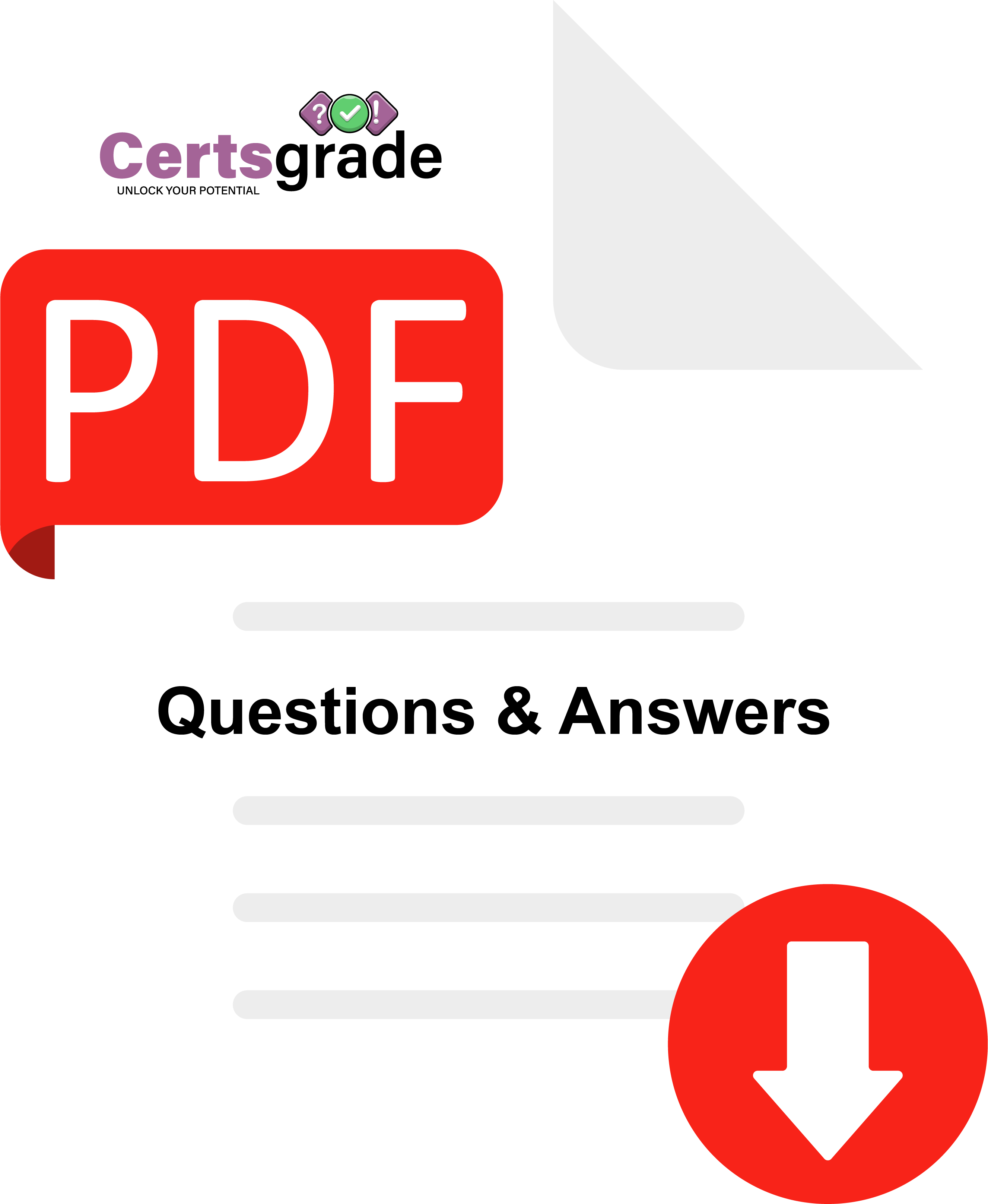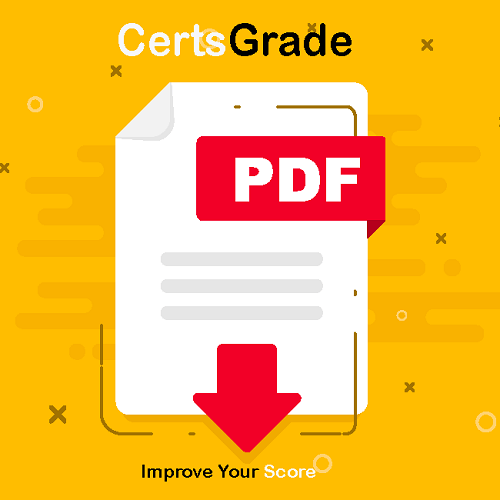 Scripting-and-Programming-Foundations
Scripting-and-Programming-Foundations
- Last Updated :
Latest Scripting-and-Programming-Foundations Questions Answers
$119.00
PDF Dumps for Certsgrade Scripting-and-Programming-Foundations Exam Practice
Introduction to Computer Programming foundations Course Overview
This introductory course in computer science is likely the first exposure students have to the field as part of their curriculum. It covers three primary areas: programming languages and their foundations, a comparison between general-purpose and scripting languages, and the development process of computer programs. These areas form the backbone of understanding how computer programming works and how to apply it effectively.
Key Areas of Focus
- Foundations of Programming Languages
- Key Components: Programming languages are made up of data and logic (algorithms). Understanding these components is crucial for effective programming.
- Basic Data Types: Fundamental data types include integers, characters, and floating-point numbers (referred to as decibels in computer terms). These data types are typically represented as variables, though constants are also used occasionally.
- Programming Constructs: Important constructs in programming languages include statements, expressions, decision blocks (if-then-else), loops, and functions. These elements allow for the creation of complex and reusable code.
- General-Purpose vs. Scripting Languages
- Comparison: This course explores the differences and similarities between general-purpose programming languages and scripting languages. For example, Python, a popular scripting language, will be discussed in a subsequent class.
- Commonalities and Differences: Understanding what general-purpose and scripting languages have in common and how they differ is vital for selecting the right tool for specific tasks.
- Program Development Process
- Problem-Solving: Developing a computer program begins with understanding the problem (requirements). This process involves the classic paradigm of input, process, and output.
- Algorithm Design: An algorithm is a step-by-step procedure for solving a problem. It incorporates programming constructs like statements, iterations, branches, and functions.
- Testing and Debugging: Once a program is developed, it must be tested and debugged. Debugging techniques can become quite advanced, but they are essential for ensuring that the program functions correctly.
- Deployment: After testing, the program is ready for use by others.
Additional Resources
For students seeking to deepen their understanding, additional resources such as PDFs, dumps, and question-and-answer sets can be invaluable. These resources often contain detailed explanations, sample problems, and solutions that help reinforce the concepts taught in the course.
This course provides a high-level overview of computer programming, focusing on the fundamental components of programming languages, the distinctions between different types of languages, and the essential steps in developing a computer program. By mastering these basics, students will be well-prepared for more advanced studies and practical applications in computer science.
Keywords
- PDF: Supplementary materials in PDF format can enhance learning by providing additional explanations and examples.
- Dumps: Practice dumps with questions and answers help students prepare for exams and reinforce their understanding.
- Questions and Answers: Q&A sessions and materials are crucial for addressing specific doubts and solidifying knowledge.
- Basic Programming Concepts: Understanding the foundational elements of programming is essential for progressing in computer science.